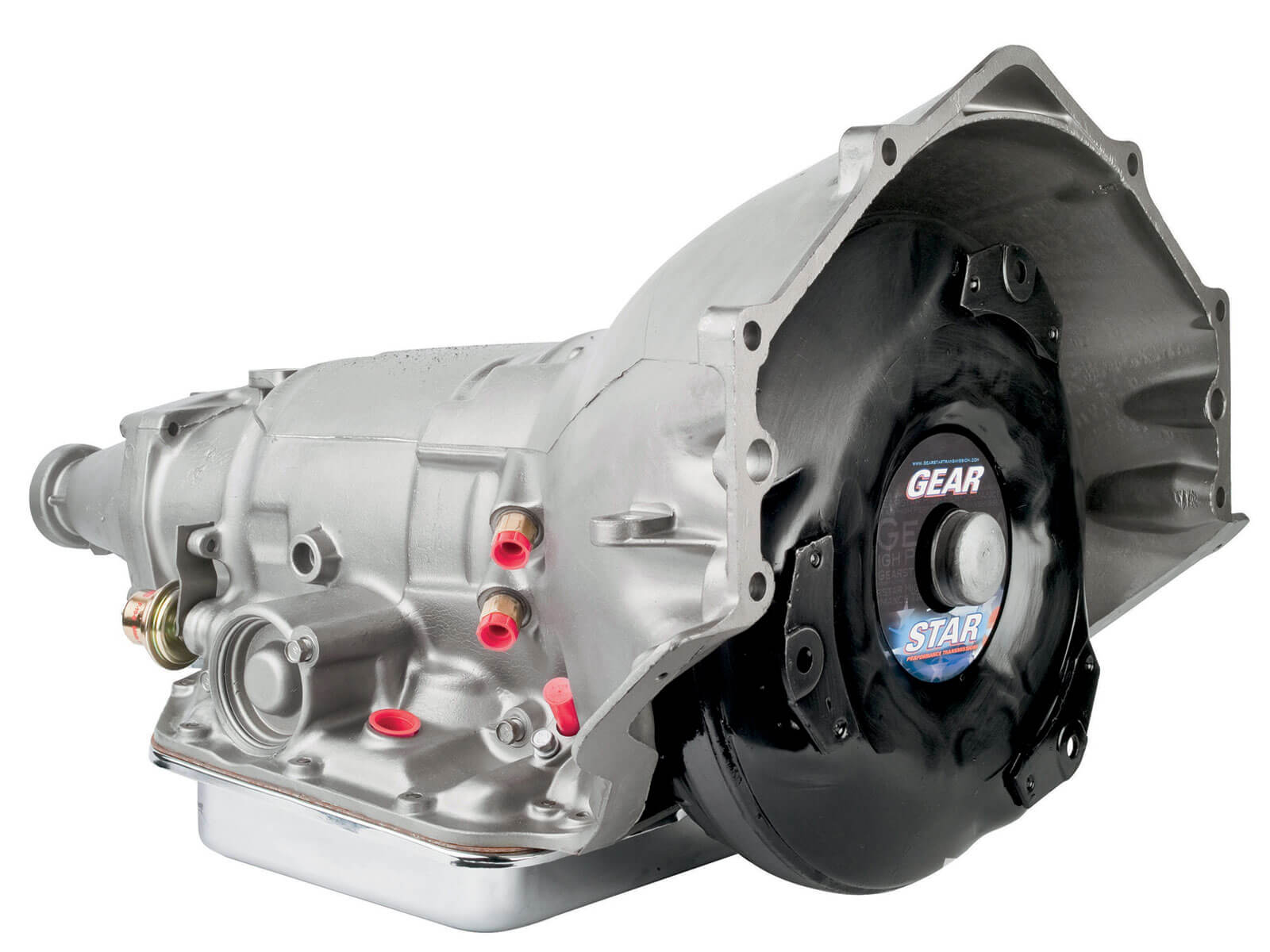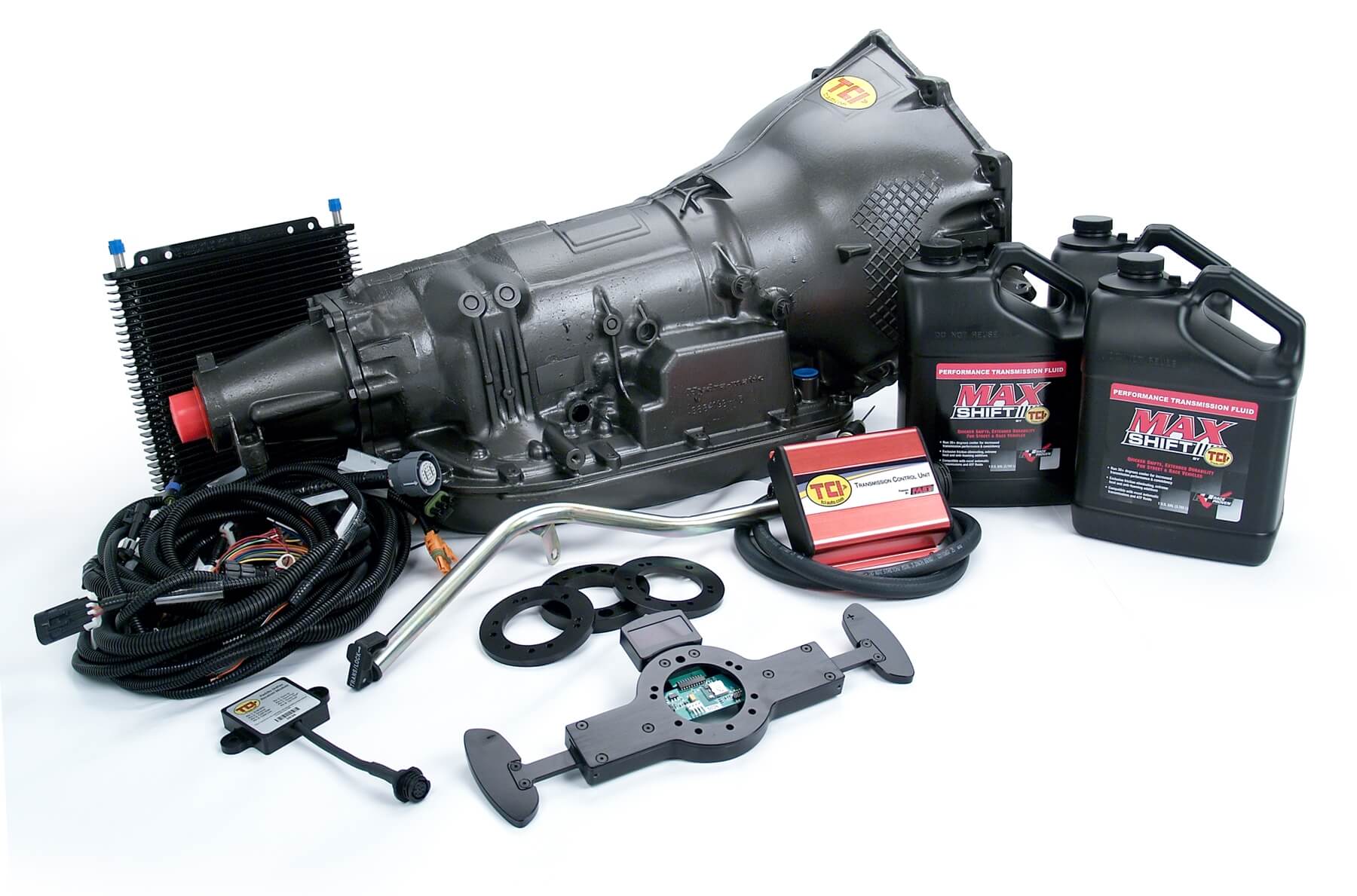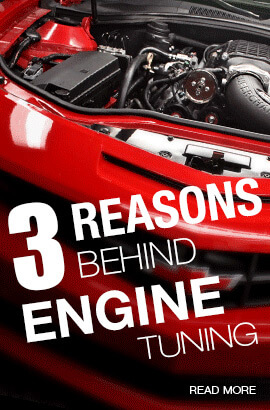Transmission in automobiles is a system of car accessories connecting the engine to the wheels. Suitable torque, or turning force, is generated by the engine only within a narrow range of engine speeds, i.e., rates at which the crankshaft is turning. However, the wheels must turn with suitable torque over a wide range of speeds. While its speed is held roughly constant, the engine turns an input shaft on the transmission whose output shaft can be adjusted to turn the wheels at an appropriate speed.

The simplest transmissions are manual transmissions, and consist of a system of interlocking gearwheels. These wheels are arranged so that by operating a lever the driver can choose one of several ratios of speed between the input shaft and the output shaft. These ratios are called gears, first gear being the arrangement that gives the lowest output speed, second gear the next lowest, and so forth. To allow smooth shifting from one gear to another, a clutch is provided to disengage the engine from the transmission. The commonly used dry single disk clutch has a steel disk with a friction lining that is sandwiched between a flywheel on the engine shaft and a pressure plate on the transmission input shaft. When the driver takes his foot off the clutch pedal, springs squeeze the friction disk into the space between the flywheel and the pressure plate, enabling the engine shaft to turn the transmission.
For many cars and for normal driving conditions a transmission with three forward gears and one reverse gear is sufficient. In cars having small engines transmissions with four or five forward speeds are used; racing cars often have as many as six forward speeds. A synchromesh transmission is a manual transmission in which all forward gear wheels are held in mesh at all times. Used on most American cars with a manual transmission, it allows the driver to shift gears more smoothly and makes the car run more quietly.
Most modern North American, Japanese, Australian and many larger, high specification German cars have an automatic transmission that will select an appropriate gear ratio without any operator intervention. They primarily use hydraulics to select gears, depending on pressure exerted by fluid within the transmission assembly. Rather than using a clutch to engage the transmission, a fluid flywheel, or torque converter is placed in between the engine and transmission. It is possible for the driver to control the number of gears in use or select reverse, though precise control of which gear is in use may or may not be possible. Automatic transmissions are easy to use. In the past, automatic transmissions of this type have had a number of problems; they were complex and expensive, sometimes had reliability problems (which sometimes caused more expenses in repair), have often been less fuel-efficient than their manual counterparts (due to "slippage" in the torque converter), and their shift time was slower than a manual making them uncompetitive for racing. With the advancement of modern automatic transmissions this has changed.

The introduction of microprocessor-controlled electronic sensors has enhanced the performance of automatic transmissions still more. Data about engine speed, exhaust pressure, and other performance characteristics are sent to a processor that controls the changing of gears and the clutch plate in the torque converter via electrical switches, or solenoids. New approaches to transmission design combine the best features of manual and automatic transmissions to provide more efficient ways of channeling engine power to the chrome rims available. A manumatic transmission is an automatic transmission with an added manual-shift mode; typically, a floor-mounted shifter offers an alternative selector path supplemented by buttons mounted on the steering wheel. A continuously variable transmission (CVT) uses a belt that connects two variable-diameter pulleys to provide an unlimited number of ratio changes and uninterrupted power to the wheels; CVT transmissions offer better fuel efficiency than conventional automatic transmissions, which change the transmission ratio by shifting gears. A sequential manual gearbox (SMG), developed for Formula One cars, uses computer-controlled actuators to operate the clutch and change gears when prompted by the driver; both manual and automatic modes are possible, and there is no clutch pedal. The dual clutch transmission (DCT), also called the direct shift gearbox (DSG), substitutes dual clutches for the conventional single-sided clutch to transfer power from the engine through two parallel paths; the gearbox features two sets of gears, identical to those in conventional manual transmissions - one set being the odd gears (1st, 3rd, 5th) and the other the even gears (2nd, 4th, 6th) - the gears must be shifted in sequence, and power to the wheels is never interrupted.
Electric transmissions convert the mechanical power of the engine(s) to electricity with electric generators and convert it back to mechanical power with electric motors. Electrical or electronic adjustable-speed drive control systems are used to control the speed and torque of the motors. If the generators are driven by turbines, such arrangements are called turbo-electric. Likewise installations powered by diesel-engines are called diesel-electric. Diesel-electric arrangements are used on many railway locomotives, ships and large mining trucks.



